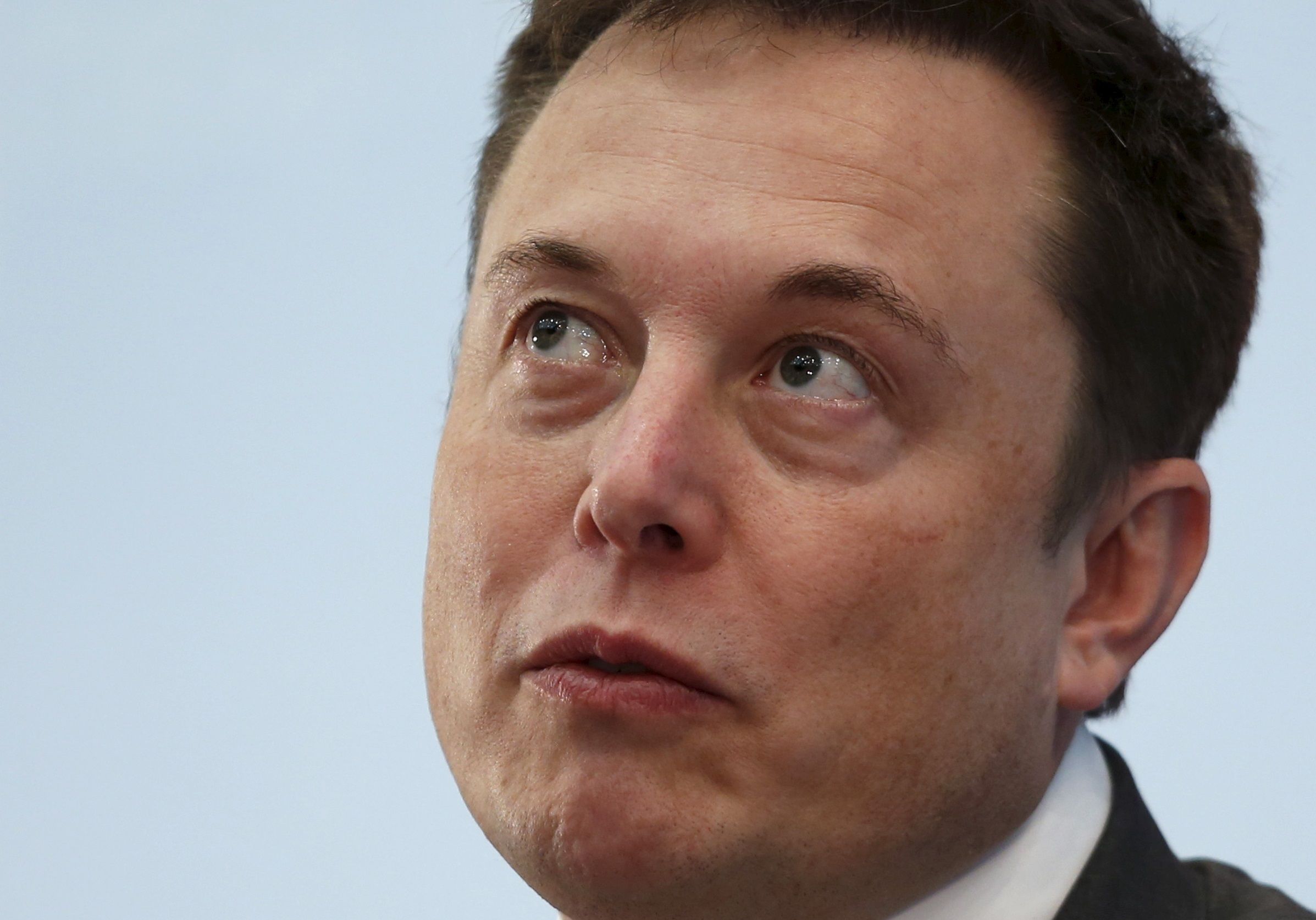
Not content with pioneering electric cars, founding the world's largest online payments firm, or making humanity a multi-planetary species, billionaire polymath Elon Musk now has plans to connect our brains to computers.
The PayPal founder and CEO of Tesla and SpaceX believes humans need something called a neural lace in order to compete with artificial intelligence. In order to achieve this, Musk has launched the startup Neuralink, according to a report on Monday in the Wall Street Journal.
Neuralink was registered as a "medical research" firm in California last July and is being privately funded by Musk. According to the report, leading academics and neuroscientists have been brought in to work on developing the neural lace.
The technology involves implanting electrodes into the brain in order to create a wireless brain-computer interface, capable of augmenting natural intelligence by downloading or uploading thoughts to or from a computer.

Musk has spoken frequently about the existential risk artificial intelligence poses to humans. At the 2016 Code Conference, Musk warned that humans risk being treated like house pets by artificial intelligence unless we had neural lace technology to compete with them.
"I don't love the idea of being a house cat, but what's the solution? I think one of the solutions that seems maybe the best is to add an AI layer," Musk said. "Something I think is going to be quite important—I don't know of a company that's working on it seriously—is a neural lace."
Musk said a neural lace would work "well and symbiotically" with the rest of a human's body, acting as a merger between biological and digital intelligence.
The concept of a neural lace was first described in the 1987 'Culture' novels by science fiction author Iain M. Banks, who detailed a futuristic mesh that molds to the human brain in order to allow neurons to be programmed. The technology now has a basis in real science, with one version of the interface idea published in Nature Nanotechnology in 2015.
The paper described a flexible circuit that could be injected into the brains of living mice in order to interact with neurons.
"We're trying to blur the distinction between electronic circuits and neural circuits," said Charles Lieber, a researcher at Harvard University and co-author of the study. "We have to walk before we can run, but we think we can really revolutionize our ability to interface with the brain.
Uncommon Knowledge
Newsweek is committed to challenging conventional wisdom and finding connections in the search for common ground.
Newsweek is committed to challenging conventional wisdom and finding connections in the search for common ground.
About the writer
Anthony Cuthbertson is a staff writer at Newsweek, based in London.
Anthony's awards include Digital Writer of the Year (Online ... Read more
To read how Newsweek uses AI as a newsroom tool, Click here.








